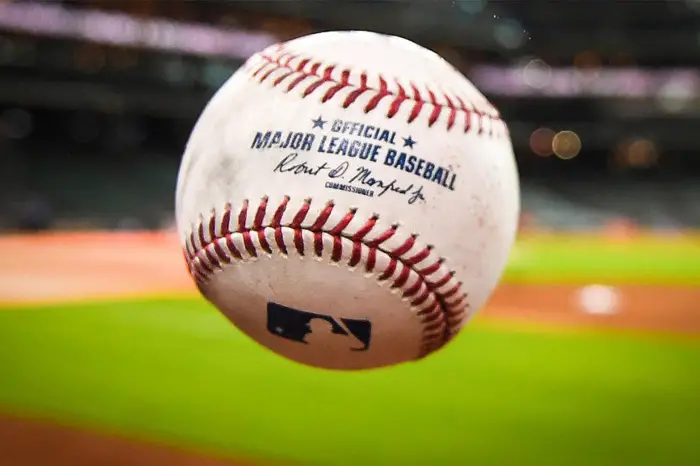
Major League Baseball (MLB) is the highest level of play in professional baseball. More specifically, Major League Baseball refers to the organization that operates North American professional baseball’s two major leagues, the National League and the American League, by means of a joint organizational structure which has existed between them since 1903. On an organizational level, MLB effectively operates as a single “league”, and as such it constitutes one of the major professional sports leagues of North America.
Major League Baseball is governed by the Major League Baseball Constitution, an agreement that has undergone several incarnations since 1876 then called the NL Constitution, with the most recent revisions being made in 2005. Major League Baseball, under the direction of its Commissioner, Bud Selig, hires and maintains the sport’s umpiring crews, and negotiates marketing, labor, and television contracts. As is the case for most North American sports leagues, the ‘closed shop’ aspect of MLB effectively prevents the yearly promotion and relegation of teams into the Major League by virtue of their performance.
MLB as well maintains a unique, controlling relationship over the sport, including most aspects of minor league baseball. This is due in large part to a 1922 U.S. Supreme Court ruling in Federal Baseball Club v. National League which declared baseball is not considered interstate commerce (and therefore not subject to federal antitrust law), despite baseball’s own references to itself as an “industry” rather than a “sport.”


